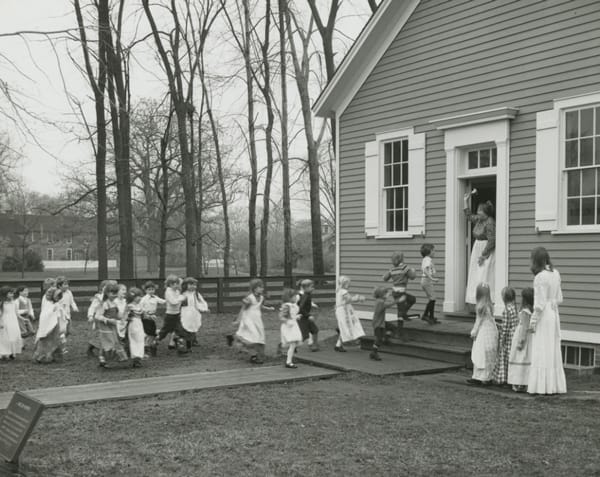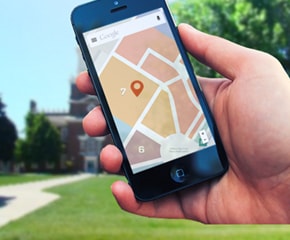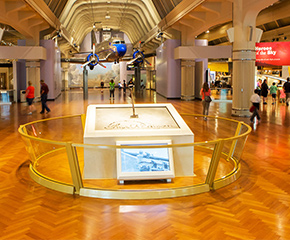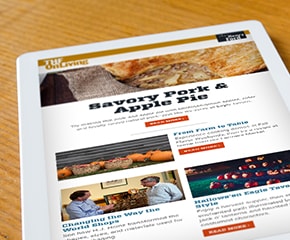
Educational Principles
Greenfield Village Schools
When Henry Ford passed away in 1947, he left no instructions for the operation of the Edison Institute Schools, which presented a serious dilemma for museum administrators. While the high school offered a good education, it was not substantially different from other high schools. It would close in June 1952.
Only the elementary grades remained. Renamed the Greenfield Village Schools, classes continued for kindergarten through sixth grade in seven village buildings. Many “learning by doing” aspects of Henry Ford’s educational vision remained, while educators incorporated newer teaching methods into the classroom. Ultimately, the small number of students did not justify the rising cost of this unique learning experience. The Greenfield Village Schools closed in 1969.

Museum Educators
Beginning in the mid-1950s, a newly-formed Education Department helped organize tours and improve exhibit labels in the museum. By the 1970s, museum educators were developing a range of lesson plans for teachers bringing students for self-guided field trips. The popular “A Day in a One Room School” started in 1972.
By returning to our roots in formal education and using our many artifacts, buildings and stories to bring the students’ education to life, we’ve come full circle to the original intent that Henry Ford had when he founded this institution in 1929.Steven K. Hamp Museum President, Henry Ford Academy opening, 1997
Beginning in the 1980s, new studies of how children learn seemed to bear out Ford’s conviction—that the museum setting could provide an alternative to the formal classroom for motivating and empowering different kinds of learners. This, along with an interest in reaching more diverse groups of schoolchildren, motivated museum educators to revisit Henry Ford’s “learning by doing” philosophy and develop a range of innovative new educational programs.


Henry Ford Academy
The museum’s Henry Ford Academy, opened in 1997, was the first charter school developed jointly by a global corporation (Ford Motor Company), the public education system, and a major cultural institution.
The goal of the Academy is to engage students in rigorous academic work that enables a lifelong commitment to learning and innovative problem-solving, as well as respect for themselves, their communities and the environment. It embodies Henry Ford’s original vision that education is not just preparation for life, but a continuous part of life itself. The Academy has not only drawn national attention and won prestigious awards, but has also been used as a model for replication within other major urban cultural organizations around the country.
We believe students learn best when information is presented in a variety of ways and when they see the connection between the classroom and the real world.Cora Christmas Principal of Henry Ford Academy. Annual Report, 1999


